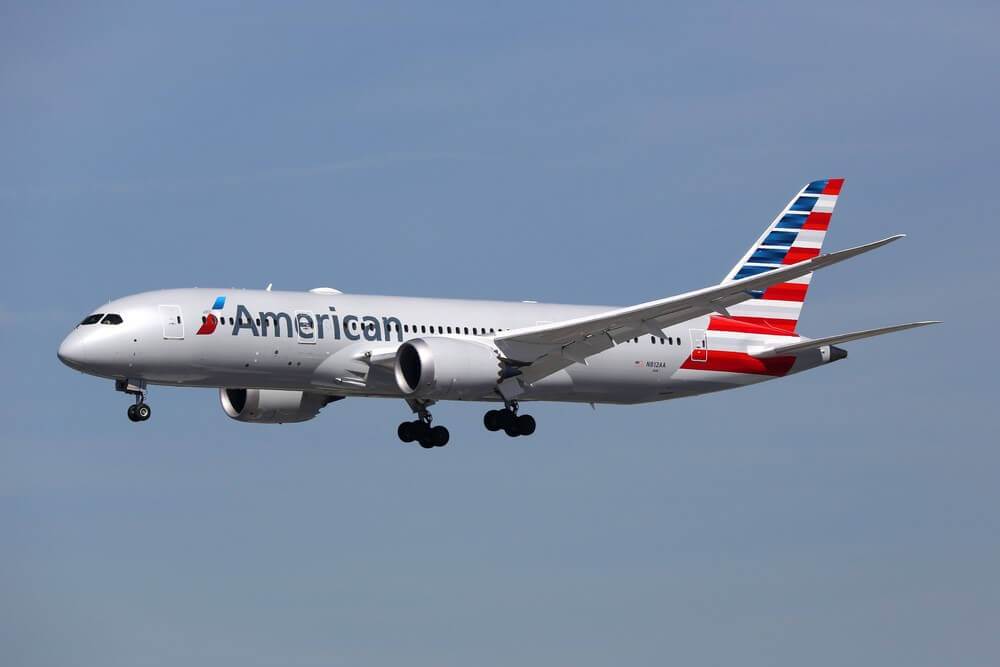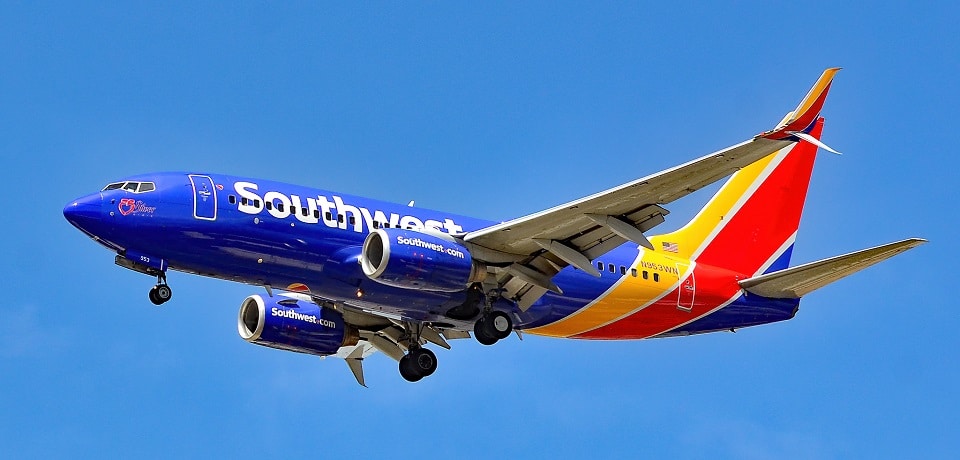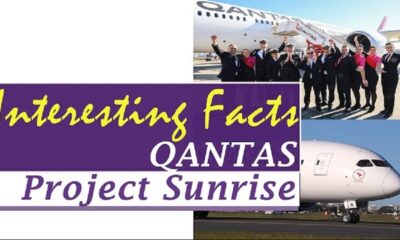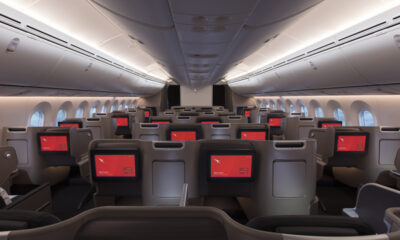Aviation
Qantas test flight from London to Sydney nonstop takes off

- 2 of 3 Project Sunrise research flights to reduce jetlag and design optimum crew rest and work pattern
- Builds on learnings from New York-Sydney service last month
- ‘Supper at breakfast time’ among changes to on-board service to help passengers adjust to new timezone
- Almost 100 years to the day that the first London to Australia flight operated
Australia’s national carrier is preparing for its second ultra-long haul research flight, as part of scientific studies into minimising jetlag for passengers and improving crew wellbeing.
Aviation Industry CTO’S Issue Joint Call to Action to Deliver Sustainable Aviation Plans
The first research flight operated between New York and Sydney non-stop four weeks ago with 49 passengers and crew. It cut around three hours off the typical gate-to-gate travel time of current one-stop flights.
The airline has re-purposed the delivery flights of three brand new 787 Dreamliner aircraft, which would otherwise ferry empty from Seattle to Australia. A third research flight, repeating the New York-Sydney route, will take place in December.
Boeing and Ethiopian airlines responses on Flight 302 crash.
Tomorrow’s flight marks only the second time in history that a commercial airline has flown direct from London to Sydney. The first was 30 years ago in 1989, when Qantas operated a 747-400 ferry flight between the two cities. The aircraft that performed that flight (VH-OJA) is now on public display at an aviation museum, south of Sydney.
THE GULFSTREAM G700 SETS INTERNATIONAL CITY-PAIR SPEED RECORDS FOR THE FIRST TIME.
Researchers from the University of Sydney’s Charles Perkins Centre as well as the Cooperative Research Centre for Alertness, Safety and Productivity (Alertness CRC) will again travel on the non-stop Dreamliner flight to collect passenger and crew data.
United Airlines fined $1.9 million for long ground delays
The findings from all three research flights will be used to inform future service and product design, aimed at increasing wellbeing and comfort during travel on long-haul flights – in particular the direct flights Qantas hopes to operate on a commercial basis between the east coast of Australia and London and New York.
Project Sunrise Research Flight #2 – London to Sydney
The research flight will carry around 50 passengers and crew in order to give the 787-9 the range required for the 17,800 km flight, expected to take around 19 and a half hours.
While the flight is over 1,500 kilometers further than New York to Sydney, the duration is expected to be similar due to prevailing tail winds between London and Sydney.
Qantas preparing flights, New Zealand opens skies for Australia
All carbon emissions from the research flights will be offset. Qantas recently announced an acceleration of its efforts to reduce its broader carbon footprint, including effectively doubling current levels of flight offsetting, capping carbon emissions from 2020 onwards and totally eliminate net emissions by the year 2050. (link to environment press release)
Flight fast facts
- QF 7879 flight from London to Sydney will take around 19-and-a-half hours subject to wind and weather conditions on the day. Distance between London and Sydney is 17,800 kilometres (11,000 miles). This compares to a travel time of 22 hours and 35 minutes on the current London to Sydney via Singapore flight.
- The flight will be operated by a brand-new Boeing 787-9 with a special Qantas Centenary livery, registration VH ZNJ, named “Longreach”.
- Four pilots will be on rotation throughout the flight. Two additional pilots will be in the cabin, having flown the aircraft to London.
- The route will depart London and overfly 11 countries including England, Netherlands, Germany, Poland, Belarus, Russia, Kazakhstan, China, Philippines and Indonesia before crossing the Australian coast near Darwin, tracking across the country before descending into Sydney.
- The aircraft will operate with a maximum fuel load of approx. 126,000 litres. Projected fuel remaining upon landing is approximately 7,500 litres which translates to about 100 minutes of flight time.
- Maximum take-off weight for a 787-9 is 254,000kg. QF 7879 LHR to SYD will depart at 233,000kg take-off weight with the same amount of fuel that Qantas departs Perth to London flights with.
- Flight will travel at 85% the speed of sound which is around 930 kilometres an hour. Cruising altitude will start at 35,000 feet and then as the aircraft weight reduces with fuel burn, the cruising altitude will increase to 40,000 feet.
Southwest Airlines jet engine ‘explosion’ leaves woman dead

Aviation
All passengers killed in plane crash, after pilot let his children to control the plane

When boarding a plane, passengers entrust their safety to the skilled hands of the pilot. However, tragedy struck when one of the flight ended in disaster as all passengers lost their lives in a horrific plane crash.
In 1994, during a flight from Moscow to Hong Kong, tragedy struck as an Aeroflot relief pilot made a fateful decision. In a move that would have devastating consequences, the pilot invited his own children into the cockpit to play with the controls. Little did anyone know, this seemingly innocent gesture would lead to the loss of all 75 lives aboard the aircraft.
It was a seemingly innocent act that led to catastrophic results. The relief pilot, Mr. Kudrinsky, invited his two children, Yana, 12, and Eldar, 15, into the cockpit during the late hours of the night. Little did anyone know, this simple gesture would set off a chain of events that would end in tragedy.
Once in the cockpit, the children were allowed to sit in the captain’s chair and play with the controls, unaware that they should have been disabled as the plane was in autopilot mode.
Eldar, perhaps in a moment of curiosity or innocence, held the control column down for a mere 30 seconds. Yet, in those brief moments, the autopilot disengaged, thrusting the aircraft into manual control.
By the time the pilots regained their seats and attempted to regain control, it was too late. Despite their efforts to pull the plane out of a dive, they overcorrected, causing the flight to climb almost vertically, ultimately stalling it.
Final moment Flight 593 crash
In the final moments, as the pilots struggled to stabilize the aircraft, Flight 593 crashed into the Kuznetsk Alatau Mountain range in southern Russia, completely obliterating the plane and claiming the lives of everyone on board.
Investigations revealed a chilling truth: there was no evidence of technical failure. Instead, the crash was attributed to the unthinkable decision to allow inexperienced hands to manipulate the controls of a commercial aircraft.
The black box recording captured the harrowing sequence of events, providing a grim reminder of the human cost of a lapse in judgment. In just over two minutes, the lives of all on board were tragically short, leaving behind a legacy of sorrow and unanswered questions.
Aviation
American Airlines Flight Attendant Orders First-Class Traveler to use Economy Restroom

On a recent American Airlines flight from Chicago O’Hare to Phoenix, Pamela Hill-Veal, a retired circuit court judge, found herself at the center of a disturbing incident.
Despite traveling in First Class, she was directed by a flight attendant to use the Economy Class restroom, sparking allegations of racial discrimination. According to Hill-Veal, the ordeal began when she used the dedicated First Class lavatory during the flight. A flight attendant approached her, accusing her of slamming the door and issued a warning.
Despite remaining calm, Hill-Veal faced further confrontation when she attempted to use the First Class restroom again later in the flight. The situation escalated as the flight attendant persisted in berating Hill-Veal, who felt targeted due to her race. She highlighted the disparate treatment, noting that white passengers were not subjected to similar directives.
In a distressing turn, the flight attendant followed Hill-Veal to her seat and allegedly touched her while threatening arrest upon landing. This alarming encounter left Hill-Veal feeling humiliated and traumatized, impacting her ability to rest even after the flight.
American Airlines has responded, expressing a commitment to investigating the matter and addressing discrimination claims seriously. However, the incident underscores ongoing concerns about racial bias in air travel and the need for accountability in ensuring all passengers are treated with dignity and respect.
Aviation
Southwest CEO Signals Major Shift: Farewell to Open Seating

Southwest Airlines is contemplating a significant shift away from its traditional open seating policy, a move that could signal a departure from its long-standing business model.
The potential change, which would introduce assigned seating and premium seat options, is being considered to appeal to a younger demographic of travelers. This adjustment would mark one of the most substantial alterations for the carrier since its inception in 1971.
Unlike its competitors who have embraced premium seating offerings, Southwest has stuck to its open seating approach, albeit providing the option for early boarding at a fee. However, with rivals like United Airlines witnessing revenue growth from premium seating, Southwest is reevaluating its strategy. According to Forbes, the airline industry has seen a shift in customer preferences over time, prompting Southwest to reconsider its seating model designed during an era of lower load factors.
While Southwest CEO, Jordan,told to CNBC that he has neither confirmed nor denied the possibility of premium seating, he acknowledges that the company is exploring various options. He emphasized that while it’s still early in the decision-making process, the initial results are promising, hinting at potential changes in the future.
Southwest currently operates with a single economy class cabin across its all-Boeing 737 fleet, with no assigned seating. However, the airline does offer the option for early boarding for passengers to secure their preferred seats for an additional fee. Over the years, Southwest has maintained a focus on simplicity and user-friendliness in its offerings, striving to minimize costs and complexity.
In contrast, competitors like Delta and United have capitalized on revenue growth from premium seating options such as business class, demonstrating strong upsell rates. Analysts have repeatedly questioned Southwest about the potential for introducing premium seating or additional fees, although the airline has traditionally refrained from charging for the first two checked bags.
For now, the only way Southwest passengers can secure their preferred seats is by paying for an earlier boarding position, as the airline continues to operate without assigned seating, allowing passengers to choose their seats upon boarding in a predetermined order.



























